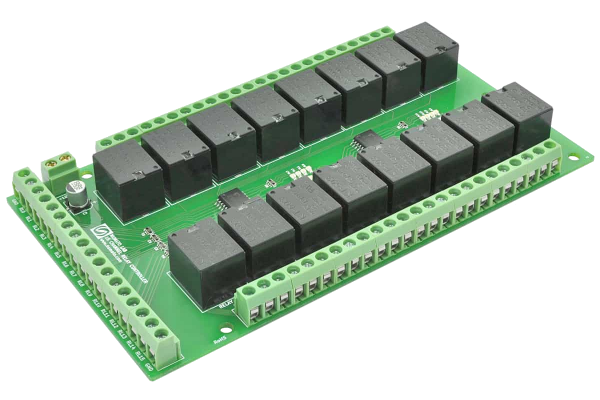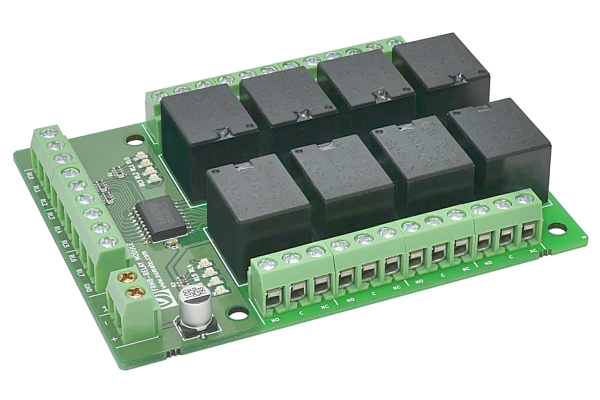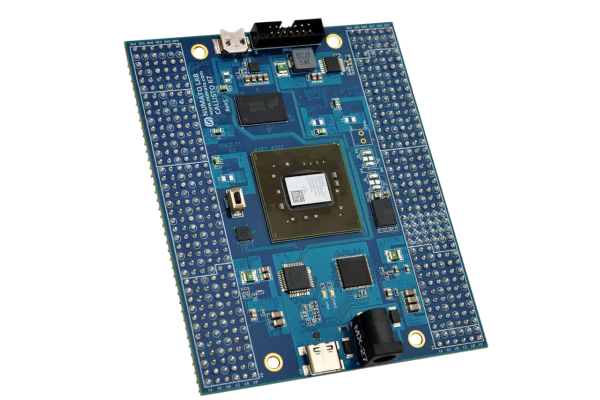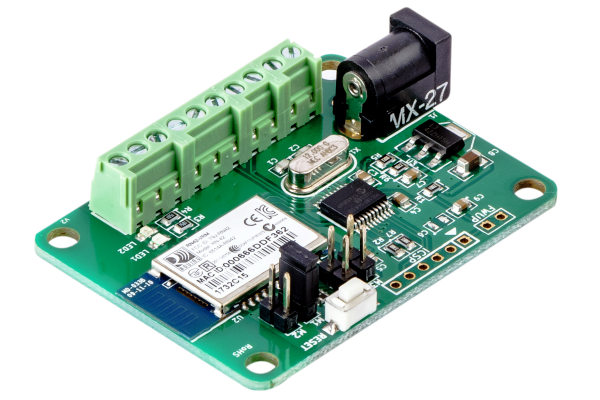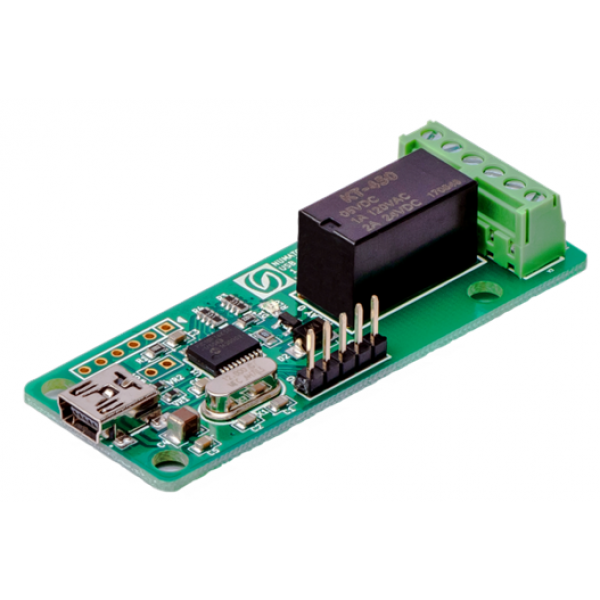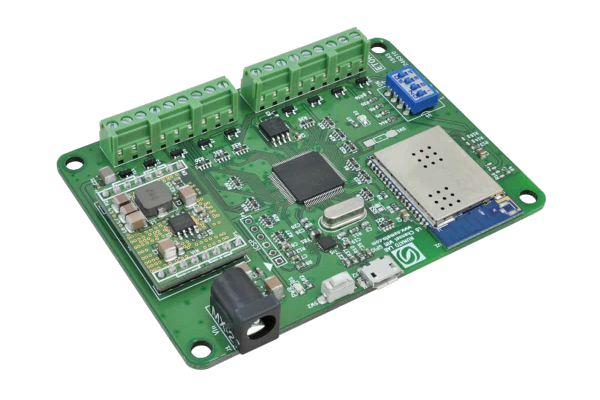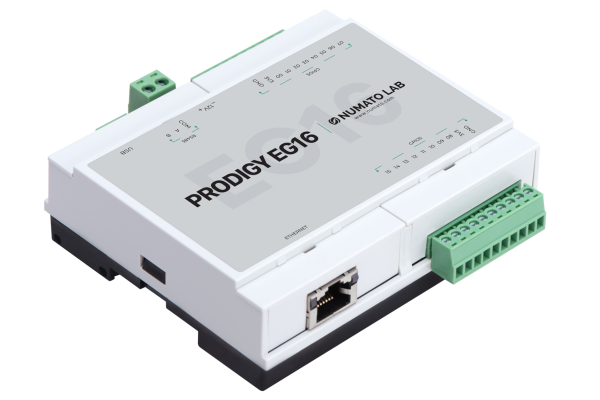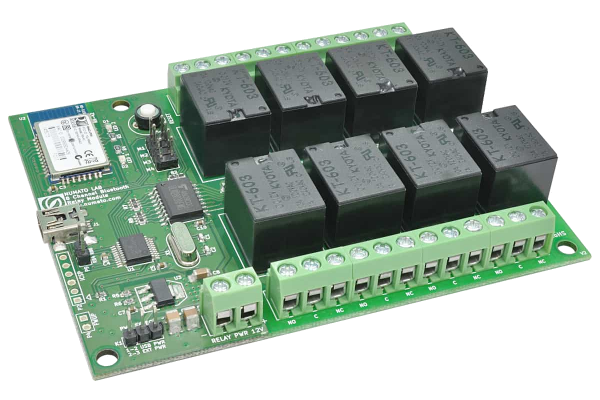Description
For Numato Products Price details/ quotation please mail your requirements on dolphinlabs17@gmail.com
Waxwing S6 Development Board is a low-cost FPGA development board with a lot of features including DDR SDRAM, 100M Ethernet, AC97 codec, and DVI-D. Waxwing Development Board features AMD Spartan-6 FPGA Mini Module with high-density connectors for external IO interface. This Development board makes it easy to evaluate and build solutions with Waxwing Spartan 6 FPGA module. The Development board also provides easy access to JTAG signals on a standard Xilinx Platform Cable compatible header.
Features
- AMD Spartan 6 FPGA (XC6SLX45 in CSG324 package, on Waxwing Mini Module)
- DDR: 166MHz 512Mb LPDDR
- 100M Ethernet (LAN8710A)
- National Semiconductor LM4550 AC‘97 audio codec
- Flash memory: 128 Mb SPI flash memory (N25Q128A13ESE40E)
- 100MHz CMOS oscillator
- DVI-D Connector for video (Compatible with HDMI)
- 8 bit VGA output connector
- 2 Channel Audio Out through 3.5mm audio jack
- 16 x 2 Character LCD Display
- Micro SD Adapter
- Three Common Anode 7Segment LED Displays
- Seven onboard Push Button Switches
- 44.5mm x 35.1mm Mini breadboard for easy prototyping
- High-Speed USB 2.0 interface for On-board flash programming.
- FT2232H Channel A is dedicated to SPI Flash Programming. Channel B can be used for custom applications
- FPGA configuration via JTAG and USB
- On-board voltage regulators for single power rail operation
- Dimensions: 180 mm X 120 mm
Applications
- Signal Processing
- Product Prototype Development
- Communication devices development
- Educational tool for Schools and Universities
- Development and testing of custom embedded processors







